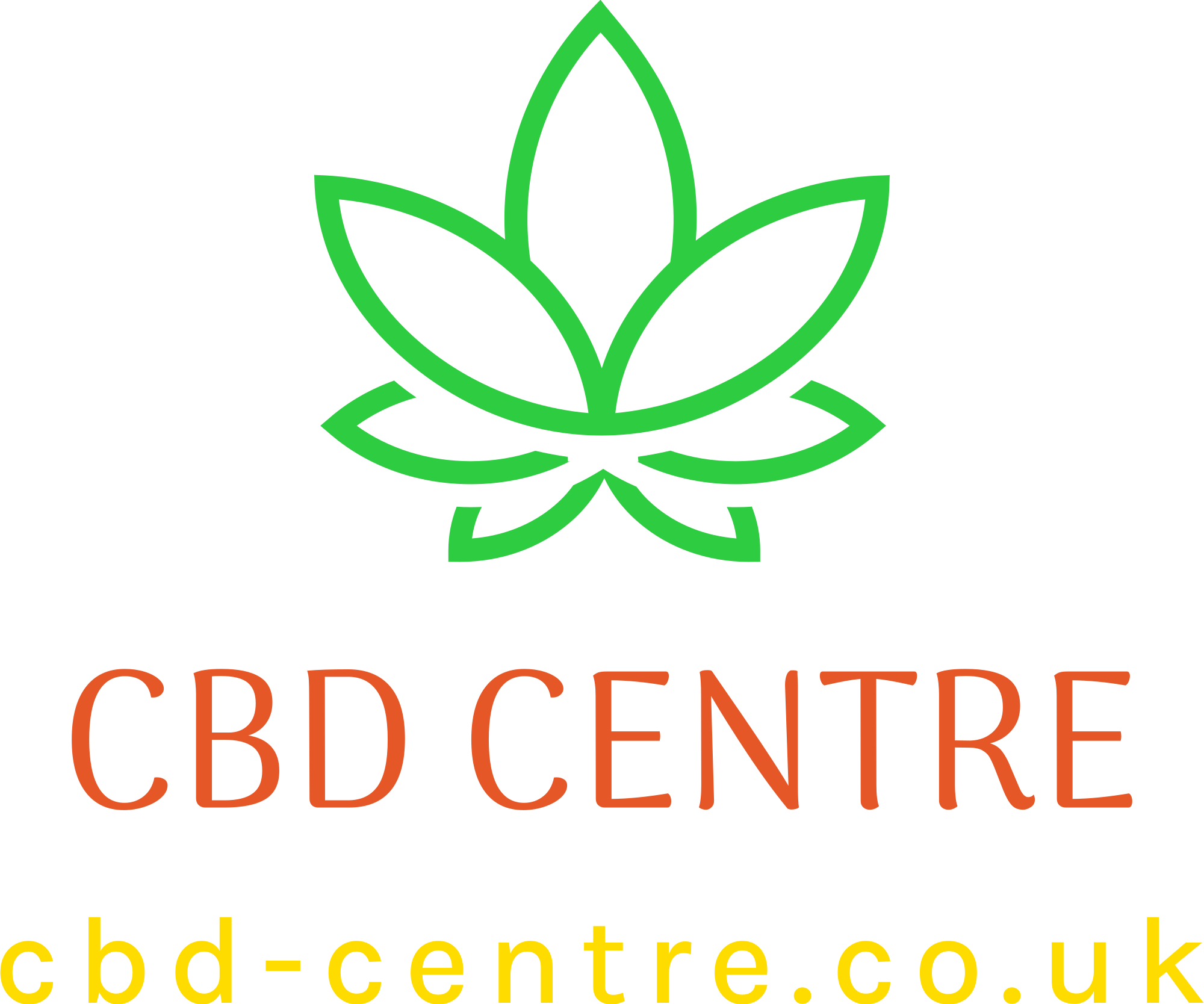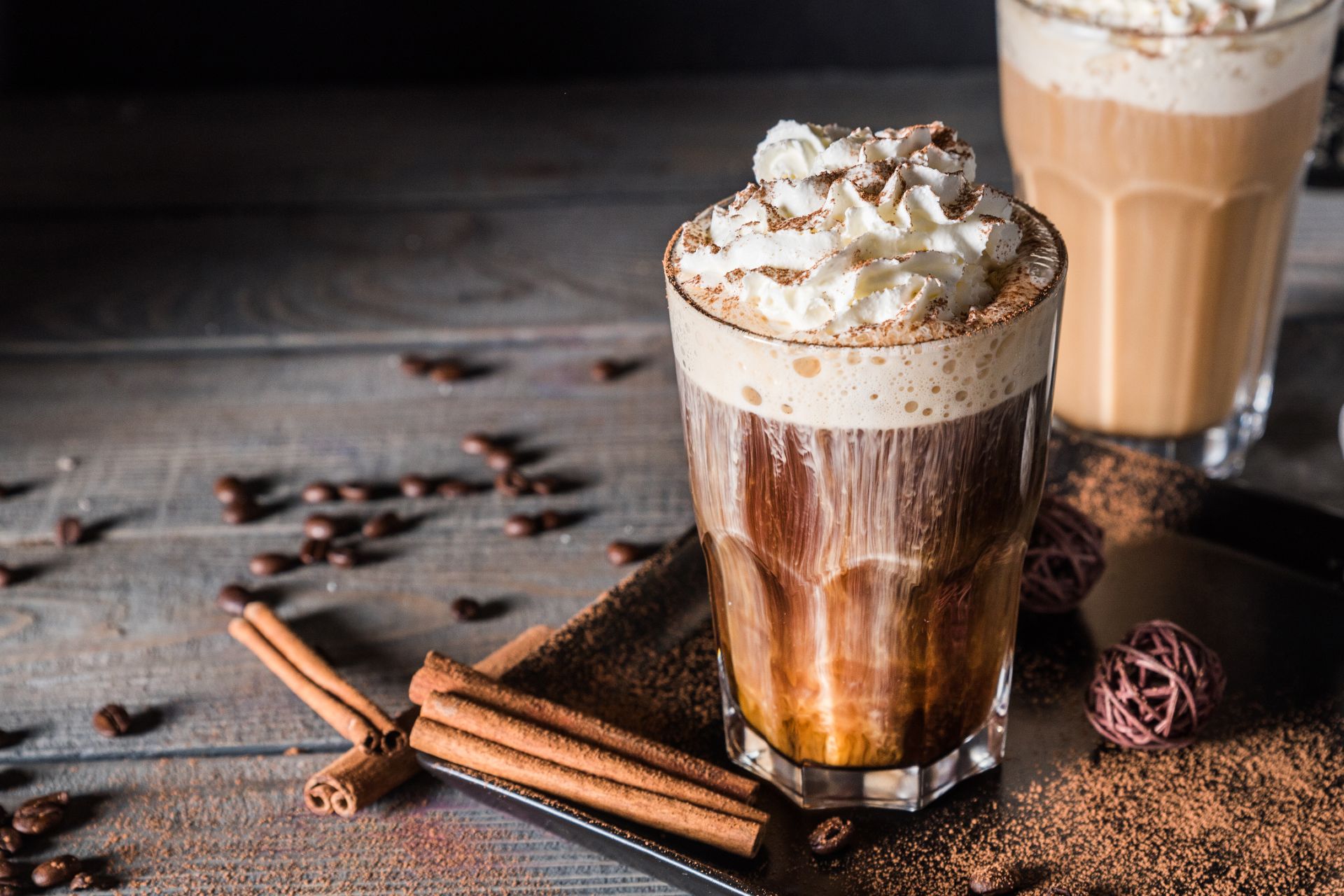Heavy Cream vs. Half-and-Half vs. Coffee Creamer: Understanding the Differences and Usage
When it comes to enhancing the flavor and texture of coffee, many people rely on various types of creamers. However, the options can be overwhelming, with heavy cream, half-and-half, and coffee creamer being the most common choices. Understanding the differences between these three options is essential to select the right one for your taste preferences and dietary needs. In this comprehensive guide, we will delve into the characteristics, uses, and nutritional aspects of heavy cream, half-and-half, and coffee creamer to help you make an informed choice.
Heavy Cream:
- Heavy cream, also known as whipping cream or heavy whipping cream, is a rich and high-fat dairy product. It is made by skimming the high-fat cream from fresh milk. Heavy cream has a butterfat content of around 36-40%, making it the richest and creamiest of the three options. Due to its high fat content, heavy cream adds a velvety and indulgent texture to beverages and recipes. It also has a subtle natural sweetness that enhances the taste of coffee.
- Heavy cream is commonly used in gourmet coffee preparations, such as lattes and cappuccinos. It can be whipped into stiff peaks and used as a topping for desserts, hot chocolate, or even added to sauces and soups to provide richness and thickness. However, heavy cream is also high in calories, with around 50 calories per tablespoon, and contains saturated fats. It may not be suitable for individuals with dietary restrictions or those looking to reduce their fat intake.
Half-and-Half:
- Half-and-half is a dairy product that is made by combining equal parts of milk and cream. It typically contains around 10-12% fat content, making it lighter than heavy cream but richer than milk. The lower fat content of half-and-half results in a milder flavor and a thinner consistency compared to heavy cream. It provides a creamy texture and a touch of richness without overwhelming the flavor of coffee.
- Half-and-half is a popular choice for those who prefer a balance between creaminess and a lighter taste. It is commonly used in coffee, tea, and as a versatile ingredient in various recipes. The lower fat content also means that half-and-half is lower in calories than heavy cream, with around 20 calories per tablespoon. However, it still contains some saturated fats, so moderation is advised for those watching their fat intake.
Coffee Creamer:
- Coffee creamer is a non-dairy alternative to heavy cream and half-and-half. It is typically made from a combination of water, sugar, vegetable oils (such as coconut or palm oil), and other additives. Coffee creamers come in various flavors, including vanilla, hazelnut, caramel, and more. They are designed to provide a creamy and flavored experience without the need for refrigeration.
- Coffee creamers offer convenience and variety, allowing coffee drinkers to customize their beverages to their liking. They can be used in both hot and cold coffee preparations. However, it’s important to note that most coffee creamers are highly processed and contain additives such as artificial flavors, preservatives, and sweeteners. They may also contain trans fats, which can be detrimental to health. Individuals with dietary restrictions or those seeking a more natural option should carefully read the ingredients list and consider alternatives.
- In terms of nutrition, coffee creamers tend to be lower in fat and calories compared to heavy cream and half-and-half. However, they often contain more added sugars and artificial ingredients. Some coffee creamers also offer non-dairy alternatives like almond, soy, or oat milk-based options, catering to individuals with lactose intolerance or dietary preferences.
Choosing the Right Option:
Selecting the right option among heavy cream, half-and-half, and coffee creamer depends on personal preference, dietary considerations, and desired taste. Here are a few factors to consider:
- Taste and texture: Heavy cream provides the richest, creamiest texture, while half-and-half offers a lighter taste. Coffee creamers provide a range of flavors but may lack the natural richness of dairy-based products.
- Dietary restrictions: Heavy cream and half-and-half contain dairy and higher fat content, making them unsuitable for those with lactose intolerance or on a low-fat diet. Coffee creamers offer non-dairy alternatives but may have other additives.
- Caloric intake: Heavy cream has the highest calorie content, followed by half-and-half and coffee creamer. If you are conscious of calorie intake, consider the nutritional information on the packaging.
- Natural vs. processed: Heavy cream and half-and-half are more natural options, whereas coffee creamers are highly processed and may contain artificial ingredients.
- Customization: Coffee creamers offer a wide range of flavors, allowing you to experiment and personalize your coffee experience.
- In conclusion, heavy cream, half-and-half, and coffee creamer each have their distinct characteristics, uses, and nutritional aspects. Heavy cream provides richness and indulgence, while half-and-half offers a balance between creaminess and lightness. Coffee creamers, both dairy and non-dairy, offer convenience and a variety of flavors but may contain additives. Consider your personal preferences, dietary needs, and health goals to choose the option that best suits your coffee experience. Remember to enjoy your coffee in moderation and savor every sip!
Latest posts by Elena Ognivtseva (see all)


